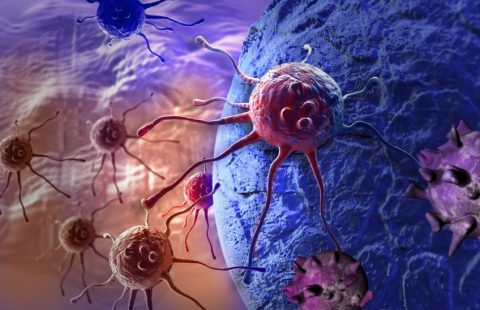Platelets favor the outgrowth of established metastases
Maria J. Garcia-Leon1,2,3,4*#§, Cristina Liboni1,2,3,4§, Vincent Mittelheisser1,2,3,4§, Louis Bochler1,2,3,4, Gautier Follain1,2,3,4#, Clarisse Mouriaux5, Ignacio Busnelli1,2,3,4, Annabel Larnicol1,2,3,4, Florent Colin1,2,3,4, Marina Peralta1,2,3,4, Naël Osmani1,2,3,4, Valentin Gensbittel1,2,3,4, Catherine Bourdon5, Rafael Samaniego6, Angélique Pichot2,3,7, Nicodème Paul2,3,7, Anne Molitor2,3,7, Raphaël Carapito2,3,7,8, Martine Jandrot-Perrus9, Olivier Lefebvre1,2,3,4, Pierre H. Mangin5* and Jacky G. Goetz1,2,3,4*
1Tumor Biomechanics, Inserm UMR_S1109, Strasbourg, France.
2 Université de Strasbourg, Strasbourg, France.
3 Fédération de Médecine Translationnelle de Strasbourg (FMTS), Strasbourg, France.
4 Equipe Labellisée Ligue Contre le Cancer, France.
5 UMR-S1255, Inserm, Établissement français du sang-Alsace, Université de Strasbourg, F-67000, France.
6 Instituto de Investigación Sanitaria Gregorio Marañón (IISGM), Unidad de Microscopía Confocal, Madrid, Spain.
7 Laboratoire d’ImmunoRhumatologie Moléculaire, Plateforme GENOMAX, Institut national de la santé et de la recherche médicale (Inserm) UMR_S 1109, Institut thématique interdisciplinaire (ITI) de Médecine de Précision de Strasbourg Transplantex NG, Faculté de Médecine, France.
8 Service d’Immunologie Biologique, Plateau Technique de Biologie, Pôle de Biologie, Nouvel Hôpital Civil, Hôpitaux Universitaires de Strasbourg, 1 Place de l’Hôpital, 67091, Strasbourg, France.
9 UMRS-1148, Inserm, Université Paris-Cité, Paris, France
*Corresponding authors
Nature Communications : https://doi.org/10.1038/s41467-024-47516-w


